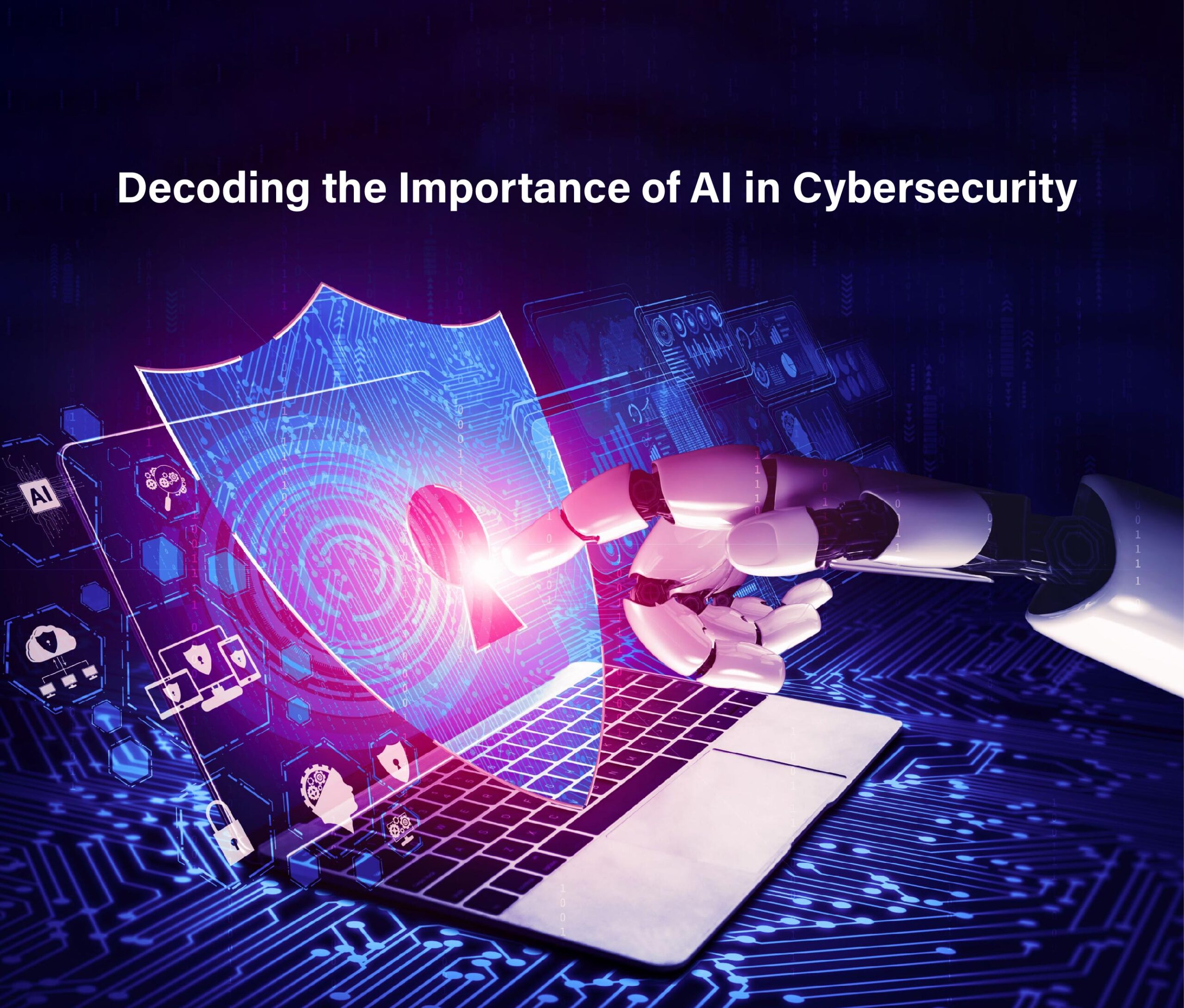In today’s interconnected world, where cyber threats are becoming increasingly sophisticated and pervasive, robust cybersecurity measures are more critical than ever. As organizations strive to protect their valuable assets and sensitive data, the integration of artificial intelligence (AI) has emerged as a game-changer in the field of cybersecurity. With the power to analyze massive amounts of data, detect anomalies, and automate threat detection and response, AI is revolutionizing the way we defend against cyber attacks. In this article, we will explore the fascinating world of AI in cybersecurity, uncovering its potential and its impact on safeguarding our digital landscape.
What is AI in Cybersecurity?
The integration of artificial intelligence (AI) in cybersecurity involves applying AI techniques and technologies to fortify the security of digital systems and data. AI-driven solutions in cybersecurity excel in analyzing extensive data sets, recognizing patterns, identifying anomalies, and automating processes related to threat detection and response. With the utilization of machine learning algorithms, AI significantly enhances the precision and efficiency of cybersecurity measures. This, in turn, aids organizations in risk mitigation, preventing data breaches, and effectively countering ever-evolving cyber threats.
In a 2023 survey of cybersecurity professionals, almost 60 percent of respondents globally identified enhanced threat detection as the foremost advantage of integrating artificial intelligence into their cybersecurity operations.
Decoding the Importance of AI in Cybersecurity
The prevalence of cyber-attacks is hardly surprising, given that hackers exploit new technologies for malicious purposes. The increasing frequency of these attacks has drawn global attention to the potential role of AI in cybersecurity. According to a survey by The Economist Intelligence Unit, 48.9% of global executives and security experts view AI and machine learning as powerful tools against modern cyber threats. Additionally, a report from Pillsbury highlights that 44% of global organizations already use AI to detect security intrusions.
In cybersecurity, AI ensures secure applications by default, eradicating vulnerabilities and providing users with precise detection of issues. This results in expedited investigations and automated response mechanisms. AI-driven solutions, such as user verification through behavioral biometrics, contribute to secure app development and foster a safe data ecosystem, strengthening overall infrastructure.
AI’s ability to identify potentially malicious activities and threat actors enables organizations to predict and prevent cyber-attacks proactively. With AI-enabled automated monitoring, systems can remain safe 24/7, empowering organizations to take preemptive measures to protect their digital assets before any harm occurs.
Is AI In Cybersecurity Crucial?
The increasing sophistication of cyber threats, encompassing tactics like social engineering and ransomware, presents challenges for traditional defenses in accurately identifying and preventing such attacks. As organizations grapple with overwhelming data volumes necessitating risk analysis, fortifying cybersecurity becomes imperative. The adoption of innovative solutions is crucial to effectively counter these evolving threats.
Cost-Efficiency through AI
AI-driven automation results in cost reductions across various cybersecurity operations. Automation in tasks such as log analysis, vulnerability assessments, and patch management reduces reliance on manual intervention, thereby preserving valuable time and human resources.
AI’s capacity to enhance threat detection accuracy also contributes to cost-effectiveness. Traditional security methods may produce false positives or overlook specific threats, leading to wasted time and resources on nonexistent issues or neglecting genuine security incidents.
Enhanced Scalability
Traditional cybersecurity methods often struggle to manage the substantial data volumes generated in intricate and interconnected environments. AI excels in scalability, concurrently processing and analyzing extensive data from diverse sources.
AI algorithms proficiently analyze network traffic logs, system logs, user behaviors, and threat intelligence feeds. This scalability enables AI to identify subtle indicators of cyber threats that might elude human analysts, ensuring a proactive defense posture. The majority of businesses (51%) utilize AI primarily for threat detection, while 34% heavily rely on it for prediction and 18% employ AI for response purposes.
Advantages of AI in Cybersecurity Over Traditional Systems
Utilizing AI in cybersecurity presents numerous advantages over traditional systems. Machine learning (ML) stands out as a key asset, enabling AI systems to autonomously train and learn from past experiences while predicting and preparing for future scenarios. ML allows AI to learn like humans without the time-consuming input of humans, with ongoing improvements driven by developers.
The combination of ML and human training enhances AI’s ability to analyze activity and discern false positives, presenting only pertinent issues to human reviewers. This addresses the common challenge of overwhelming operators with unnecessary alerts, preventing them from reviewing critical ones and minimizing burnout.
Automation is another significant advantage of AI in cybersecurity, streamlining time-consuming tasks such as event monitoring, outcome prediction, preventive actions, and alert generation for suspicious behaviors. Daily automation of penetration testing further enhances security measures.
AI fills the gaps in the human cybersecurity workforce, especially as there is a projected shortage of 3.5 million cybersecurity specialists in 2023. Implementing AI-powered tools, such as endpoint detection and response (EDR) and security orchestration, automation, and response (SOAR), mitigates the shortage.
Moreover, deploying AI in cybersecurity allows human teams to focus on creative tasks, learning, strategy, and decision-making, contributing more value to the organization’s productivity, utilization, job satisfaction, and threat mitigation.
In a Nutshell
The integration of artificial intelligence in cybersecurity has sparked significant advancements and transformative potential in protecting digital systems and data. Recent years have seen significant developments in AI in cybersecurity, with advancements in automating social-engineering attacks and creating personalized breach methods, while also serving as crucial tools for training cybersecurity professionals and deciphering complex code. With continuous research, collaboration, and regulation, artificial intelligence will continue to evolve, adapt, and defend against emerging threats, contributing to a more secure and resilient digital landscape.


